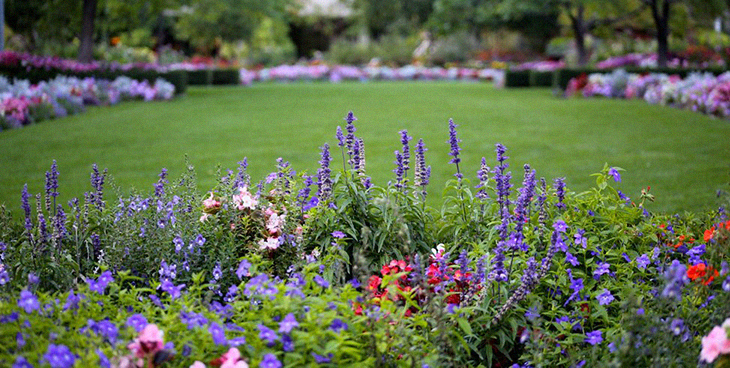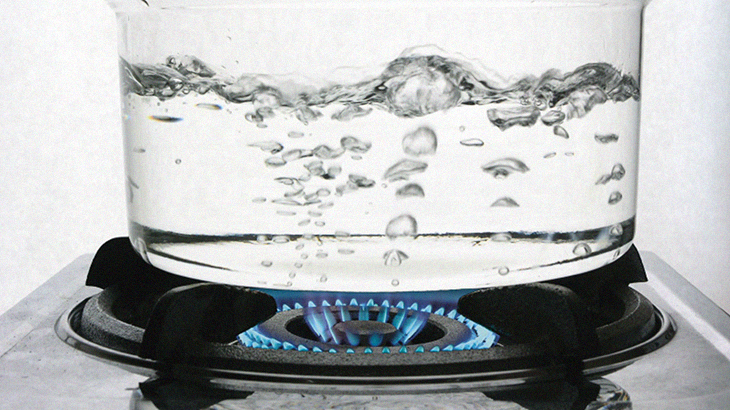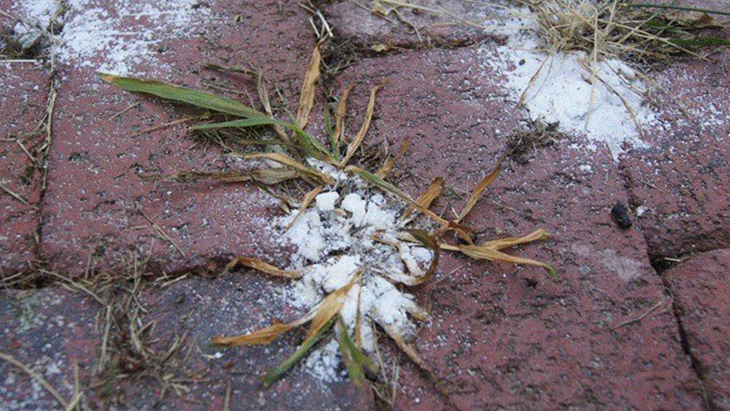When it comes to plant care, there are ways to help your green babies thrive. Of course, this needs constant attention from you. You need to make sure that the weeds that eventually grow don’t choke out the plants in your garden. These living things need a lot of oxygen, after all.
While there are ways to kill weeds, some of these methods are admittedly toxic. These kill the animals that feed on your plants, especially the bees and the butterflies. Don’t fret because help is still available. You just need to know what these are.

If you’re big on tending to your loan regularly, then this may be the time of year when weed killing on a wide-scale is needed to keep your garden healthy and beautiful. The truth is, there are many a lot of everyday household items that are non-toxic. The best part is that they are actually effective when it comes to killing weeds and making sure they don’t swarm your garden ever again.
During springtime, you may have to make sure your garden is weed-free. They are often a good food source for bees and other nectar feeders early on in the season. While you’re doing your best to make sure the bees are fed, most of the brightly colored flowers that once decorated your lawn and garden are gone. What you have left are unwanted leaves and the roots beneath these plants. So, how do you maintain the balance?
It may be time to look into safer options for a plan of attack. First of all, you should know where the weeds are. Are they poking up through the concrete or are they scattered throughout the garden floor? Whatever the case may be, there are some weed killers that you should consider.
Completely Safe and Toxin-Free Weed Killers

Chemical herbicides and fungicides have the ability to highly contaminate the soil and water for miles within the radius of the runoff. The weed killers available in the market do contain some carcinogens that can be extremely harmful. The compounds they contain come with side effects. While these compounds are marketed as being completely harmless to your water supply, these do affect the garden ecology in one way or another.
Hence, it may be time to consider products that are completely safe.
1. Boiling water
This is especially good for sidewalks, driveways, or patios. Consider using dihydrogen monoxide that is heated to 220 degrees or more. This is an effective way to kill every part of the unwanted weed that’s growing. If you have a kettle available in your kitchen or if you can get one in a store near you, then do so because this simple gadget makes it easier and safer for you to pour. Having a spout also makes your aim a lot more precise.
2. Fire
If you have a kitchen blowtorch or flame-weeder tool, use these to apply heat directly to the leaves and stem of the weed. This is also another good way for getting rid of weeds. However, taking precautions because it may be easy to burn down the surrounding materials. When you do opt for this method, clear dried materials that surround the area and practice extra caution.
3. Cornmeal
Look around your yard at home and spot areas that make good homes for weeds. Early on in the spring season, use cornmeal and spread this around the areas. Cornmeal is known to halt weed seed germination. It is also crucial to know that cornmeal is known as a preventive method and should be done pre-weeding rather than de-weeding.
Slightly Toxic Weed Killers

If we say slightly toxic, this simply means that these won’t cause fish die-off or it won’t make you susceptible to cancer. Most of the household chemicals you have are actually designed to clean things safely. You don’t need to worry about these infecting your skin. A little bit of care should be used. When we say that these are mildly toxic, we mean that these have the ability to kill your favorite flowers. Respect these items because these are definitely much better than using popular commercial herbicides that contain toxic chemicals like glyphosate.
4. Vinegar
White vinegar is made of 5 percent acetic acid, which is perfectly fine for weed killing. You can use a pump or two of dish soap into a spray bottle. Some garden supply stores sell vinegar that contains 20 percent acetic acid. This is what some consider as industrial strength vinegar. This is also harmful to your skin and eyes, but using this would also mean overkill.
With the 5 percent acetic wide vinegar, you can spray this directly on the leaves of the plant that’s been infected by weeds. Make sure not to overapply it. If it’s breezy out, wait until the wind dies down because this can carry the chemicals onto other plants that are untouched and safe. Also try to avoid soaking the soil with this mix because it will lose its fertility and will automatically stop any new plants from growing.
5. Salt
Salt is a great weed killer. This can be added to your vinegar or hot water sprays. However, don’t soak the soil with it because when it gets too wet, nothing will be able to grow.
What you can do is add a dash of dish soap to help the salt stick to the leaves. Also, watch your aim and make sure to spray it directly to the leaves. When the mixture gets to the soil, it will leave the ground barren. The plants that get it may die as well if you’re not too careful. If the mixture hits the concrete sidewalks and patios, these can become discolored as well. Hence, salt mixture isn’t too ideal for those who aren’t wise with its use. What you can do is cover the plants around the weeds with a plastic sheet and aim for the weeds. The sheet acts as a blanket that will protect your precious growth.
What are your thoughts? Please comment below and share this news!
True Activist / Report a typo


